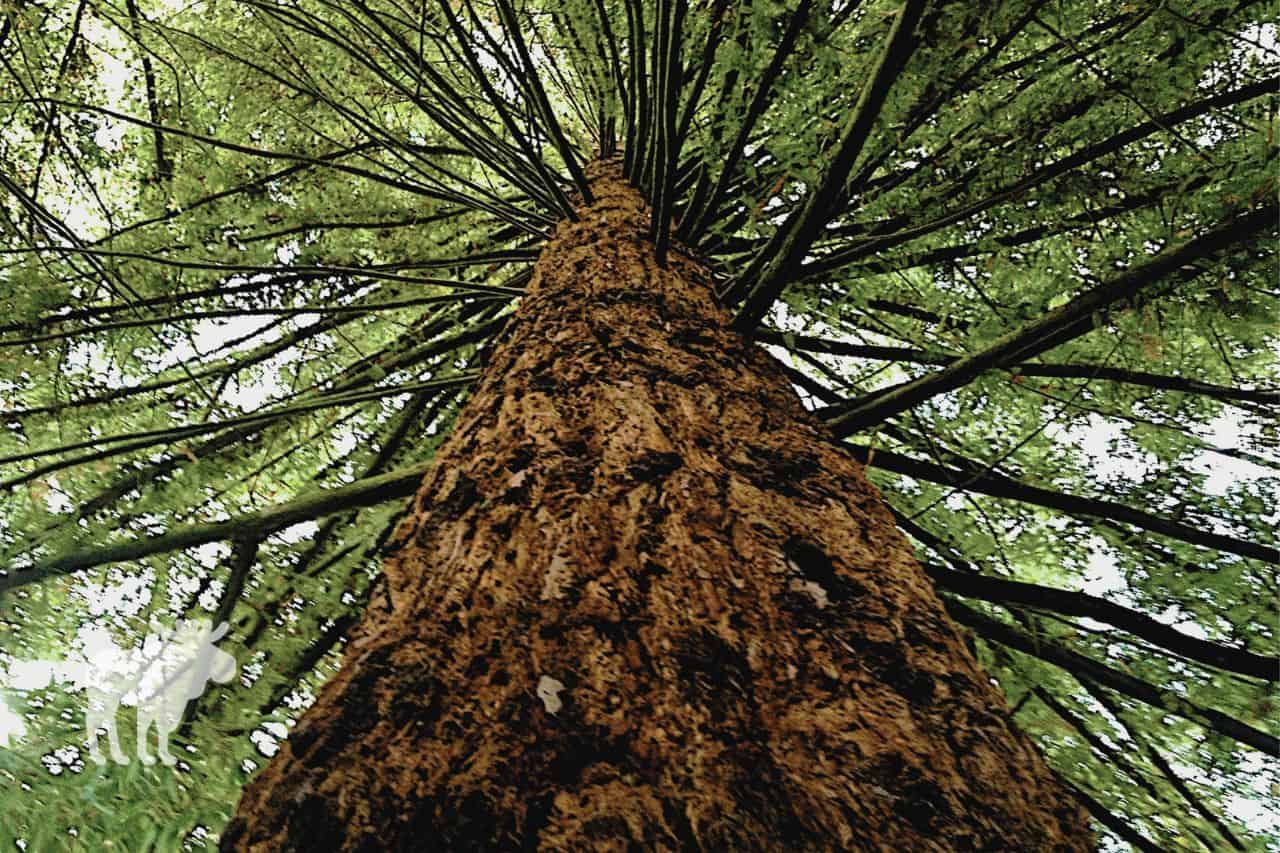Western hemlock trees fill the evergreen forests of the Pacific Northwest, one of several species that can grow to reach giant sizes. Have you ever wondered how long it takes them to reach such sizes? How long do western hemlock trees live, how large can they grow, and what are their ideal growing conditions? Read on to find out.
What You'll Learn Today
What Is Western Hemlock?

Western hemlock trees are known scientifically as Tsuga heterophylla. They are found along the west coast of North America, from southern Alaska to the northern regions of California.
They have feather-like branches composed of short, flat needles; tiny pinecones clutter the branches, and mature trees often have a droopy, conical appearance. The bark is deeply furrowed when the trees are mature and looks similar to Douglas fir bark.
Western hemlock trees are the largest species of hemlock, and they are considered a climax species in the forests of the Pacific Northwest. The western hemlock is considered the state tree of Washington.
Western hemlock is highly shade-tolerant but can be susceptible to fire due to its relatively thin bark and shallow roots.
This tree has many uses. Parts of the bark and needles can be used for food and medicine; the soft wood is sold as lumber and used to make paper; and the trees are often grown for their ornamental value.
To learn more about western hemlocks and how to identify them, check out the following video:
How Long Do Western Hemlock Trees Live?
Western hemlocks are some of the tallest trees of the Pacific Northwest. As you might imagine, it can take a long time for them to reach some of their most impressive heights.
But just how long, exactly? How long do most western hemlock trees live?
Hemlock trees as a family are known for being long-lived. Eastern hemlocks, which grow in other parts of North America, commonly live for 800 years or longer.
Western hemlocks are not considered quite as long-lived as their eastern cousins, but they still have long lifespans. On average, western hemlocks live for 400 to 500 years.
That said, some can live for much longer, especially given proper growing conditions and a lack of wildfires.
Western hemlock trees growing at higher elevations tend to have the longest lifespans. Some of these trees can grow up to 1,200 years old.
How Large Do Western Hemlock Trees Grow?
By now, you may be wondering just how large a western hemlock tree could grow in 400 to 1,200 years of life. Good question; the answer depends on various environmental conditions such as fire, water, elevation, soil quality, and sun exposure.
Trees exposed to fire or drought conditions may be damaged or stunted and, thus, will not grow as tall. Meanwhile, trees growing in good soil and receiving plenty of water and nutrients have the potential to grow taller than average.
Trees growing at higher elevations tend to live longer, and a longer lifespan gives them the potential to grow taller. And, while western hemlock trees are extremely shade tolerant, all plants need light to grow; thus, trees receiving an ideal mix of sun and shade may grow taller than usual.
In terms of average height, most western hemlock trees grow to between 165 and 230 feet tall. However, given ideal growing conditions, these trees can reach sizes of up to 270 feet tall and up to 9 feet in diameter.
Currently, the tallest western hemlock in the world is 271 feet and 9 inches tall. It can be found in Prairie Creek Redwoods State Park in California.
Western Hemlock Growing Conditions
What does it take for western hemlock trees to grow so large? What are their ideal growing conditions?
As mentioned earlier, these trees grow well at higher elevations, up to 5,900 feet; however, they are most commonly found in humid coastal regions where the elevation is sea level to 2,000 feet.
More important than elevation is moisture; western hemlock trees require a lot of rain and do best when growing in humid conditions. They are usually found growing within 60 miles of the Pacific Ocean and in regions that receive an average rainfall of more than 30 inches per year.
Finally, western hemlock trees grow best in a mix of sunlight and shade; however, they can tolerate greater amounts of shade than other common evergreens such as the Douglas fir. Their impressive shade tolerance allows them to survive for decades beneath the canopy of taller trees until they reach mature heights.
Are Western Hemlock Trees Poisonous?
Western hemlock trees are not poisonous. In fact, all types of hemlock trees have edible and medicinal uses.
Hemlock trees are tall evergreens and should not be confused with the poison hemlock, a shrubbly flowering plant in the carrot family.
Poison hemlock grows low to the ground and produces white flowers that look similar to Queen Anne’s lace. These plants are poisonous and can be deadly if consumed.
Conclusion
Western hemlock trees have long lives, and it’s not uncommon for them to live 400 to 500 years. However, some western hemlocks, especially those growing at higher elevations, can live for more than 1,000 years.